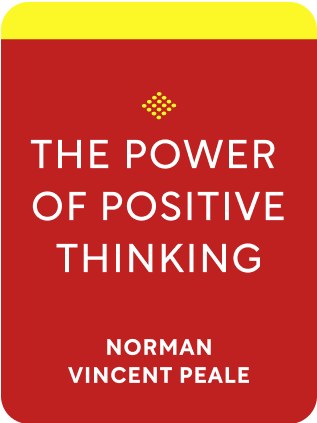

This article is an excerpt from the Shortform book guide to "The Power of Positive Thinking" by Norman Vincent Peale. Shortform has the world's best summaries and analyses of books you should be reading.
Like this article? Sign up for a free trial here .
Do you believe that emotions can “spill over” into your body? How can negative emotions influence your physical state?
When you have an unhealthy emotional life marked by feelings of anger and resentment, your energy and vitality can sag and your physical health can diminish. According to Norman Vincent Peale, the author of The Power of Positive Thinking, this happens because what you think in your mind has a profound effect on how you feel in your body.
In this article, we’ll discuss how emotions affect the body and what you can do when negative emotions take over to restore a state of emotional calm and well-being.
How Emotions Affect the Body
Thought patterns have an effect on your physical state. If you are harboring ill will or resentment toward someone, this can manifest in a decrease of energy and efficiency. Mental pain can have a profound effect on your physical condition.
In his book The Power of Positive Thinking, Peale explains how emotions affect the body with the following example.
A young woman was admitted to the hospital with rheumatoid arthritis and a high temperature. It turned out that she was being coerced into marrying a man she didn’t love. When told she didn’t have to go through with it, her recovery was quick.
Chronic resentment can manifest in chronic aches and pains. For example, one woman kept breaking out with bouts of painful eczema. Her psychiatrist realized that something in her personal life was “eating at her,” and it turned out to be a family problem with her brother. When she was able to let go of resentment and hostility, her eczema vanished.
Emotional disturbances have been linked to the common cold. The idea is that blood circulation in the lining of the nose as well as glandular secretions are affected by emotions, leaving the area more vulnerable to cold viruses and germs. For example, one young woman was treated repeatedly for cold symptoms. Each time, her doctor realized it was related to a fight she had with someone in her life. The symptoms stopped when she was able to curb her anger and live more calmly.
Counteracting Negative Emotions
When you feel yourself getting angry at someone or a situation, these suggestions will help you restore a state of emotional well-being.
- Cool your emotions by modifying your physical reactions. For example, if you feel yourself getting angry, deliberately keep your hands from clenching.
- Tell yourself that this anger won’t accomplish anything.
- In a similar vein to the old adage “count to 10,” try saying the first 10 words of the Lord’s Prayer: “Our Father who art in Heaven, hallowed be Thy name.” Repeat this 10 times and your anger will melt away.
- Write down everything that annoys you. All these small irritations add up to big anger, but when you break them down, you cut off what’s creating your big anger.
- Pray about each separate, small annoyance. When you get rid of the small irritations through prayer, you will weaken your overall anger.
- When your feelings get hurt, straighten it out quickly. Self-pity and resentment will make the situation worse than it really is. Say a prayer of love and forgiveness.
- Relieve your mind of all the things burdening you. Let it all flow out by talking to someone you trust. Then let it go.
- Pray for the people who hurt your feelings. Pray until all the bad feelings melt away, even if this takes a while.
- Say a prayer that asks for the love of God in your heart and in the heart of someone you’re having a problem with.
- Jesus said to forgive 70 times seven. Take this advice and mean it.
- Allow God to take control and tame the flames of anger. Pray to Jesus to give you the power to handle your emotions and temper.

———End of Preview———
Like what you just read? Read the rest of the world's best book summary and analysis of Norman Vincent Peale's "The Power of Positive Thinking" at Shortform .
Here's what you'll find in our full The Power of Positive Thinking summary :
- That there is no problem or obstacle you can’t overcome with faith, positive thinking, and prayer
- The practical techniques of applied Christianity
- How to take control of the events in your life rather than be directed by them






